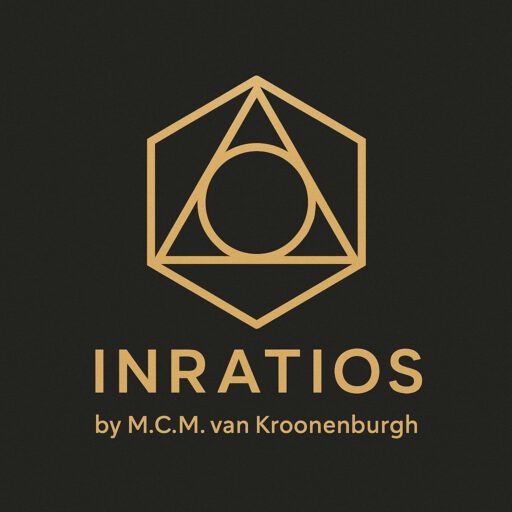GRM as a Digital Geometry Paradigm
A Rational System for Visual, Scalable, and Data-Oriented Geometry
Introducing a New Way of Seeing Shapes: GRM as a Digital Geometry Paradigm
In an age where digital systems dominate design, simulation, education, and AI, our traditional approach to geometry, rooted in internal measurements and irrational constants like π, no longer fully aligns with how machines process the world. This whitepaper introduces the Geometric Ratio Model (GRM) as a complementary paradigm for geometric reasoning in digital environments.
Rather than relying on radius-based formulas and floating-point approximations, GRM defines shapes through fixed, rational ratios within bounding squares and cubes. A circle is no longer defined by πr², but by the fact that it consistently fills 78.54% of its square, a visual truth that is both scalable and computable.
This whitepaper outlines how GRM supports pixel-based measurement, shape classification, explainable AI, and scalable design logic, making it a robust alternative for geometry in computational systems. Grounded in classical mathematics but tailored for the digital age, GRM offers a new language for proportion, identity, and form.
Update: GRM as a Digital Geometry Paradigm – Version 1.1
This updated version (v1.1, June 2025) of the foundational whitepaper refines the structure, layout, and visual clarity of the original release, while preserving the full conceptual content. It reaffirms GRM as a complementary system to classical geometry, specifically tailored for digital, pixel-based, and AI-driven environments.
Published:
- version 1.0 May 25, 2025 | Language: English | Pages: 23
- version 1.1 June 6, 2025 | Language: English | Pages: 16

